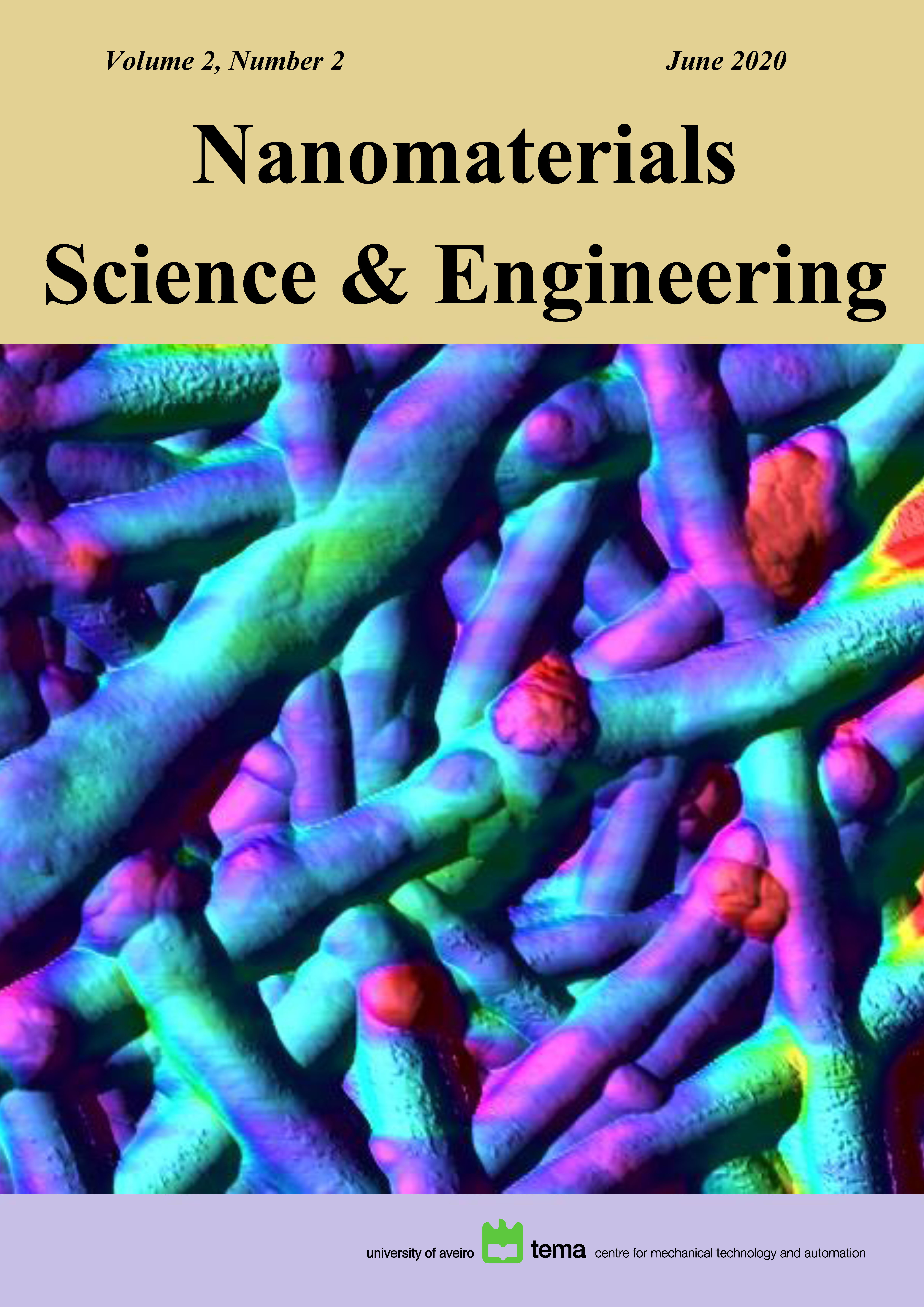Modelling of the Piezoelectric and Pyroelectric properties of the Ferroelectric composites thin films based on the polyvinylidene fluoride (PVDF) with Graphene and Graphene Oxide layers and fibers
Abstract
Recent results in modelling and computational studies of new composite nanomaterials based on polymer ferroelectrics and graphene/graphene oxide structures are reviewed. Main findings of the computational molecular modelling and calculations of the plane layered and fibers nanostructures, as well as multi-layered structures, and the piezoelectric and pyroelectric properties of the composites, consisting of polyvinylidene
fluoride (PVDF) thin films and graphene/graphene oxide are analysed. The piezoelectric and pyroelectric effects were modelled, both piezo- and pyro-electric coefficients were calculated for several models, using various methods from HyperChem software tool, including molecular dynamics (MD) simulation with quantum-chemical semi-empirical PM3 method. The results obtained provide important insights into our understanding of the mechanisms of piezoelectricity and pyroelectricity in these new nanocomposites, give us new perspectives for further studies of the ferroelectric polymer-graphene nanomaterials.
Copyright (c) 2020 Nanomaterials Science & Engineering

This work is licensed under a Creative Commons Attribution-NonCommercial 4.0 International License.
Copyright Information
Authors who publish in the Nanomaterials Science & Engineering agree to the following terms:
- Authors retain copyright and grant the journal right of first publication with the work simultaneously licensed under a Creative Commons Attribution License that allows others to share the work with an acknowledgement of the work's authorship and initial publication in this journal.
- Authors are able to enter into separate, additional contractual arrangements for the non-exclusive distribution of the journal's published version of the work (e.g., post it to an institutional repository or publish it in a book), with an acknowledgement of its initial publication in this journal.
- Authors are permitted and encouraged to post their work online (e.g., in institutional repositories or on their website) after publication, as it can lead to productive exchanges, as well as earlier and greater citation of published work.
Copyrights to illustrations published in the journal remain with their current copyright holders.
It is the author's responsibility to obtain permission to quote from copyright sources.
Any fees required to obtain illustrations or to secure copyright permissions are the responsibility of authors.





